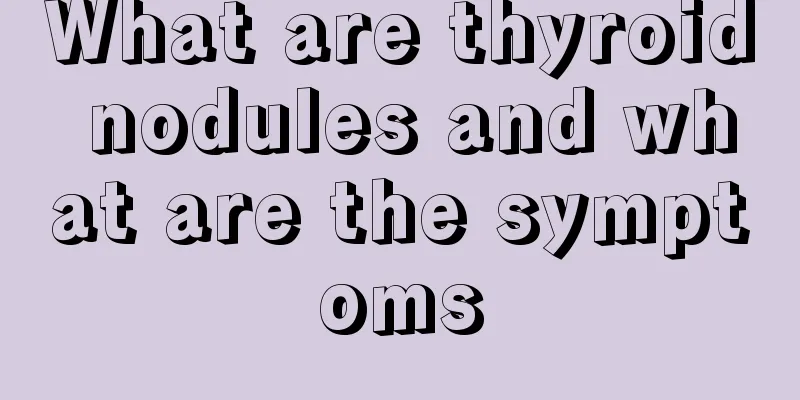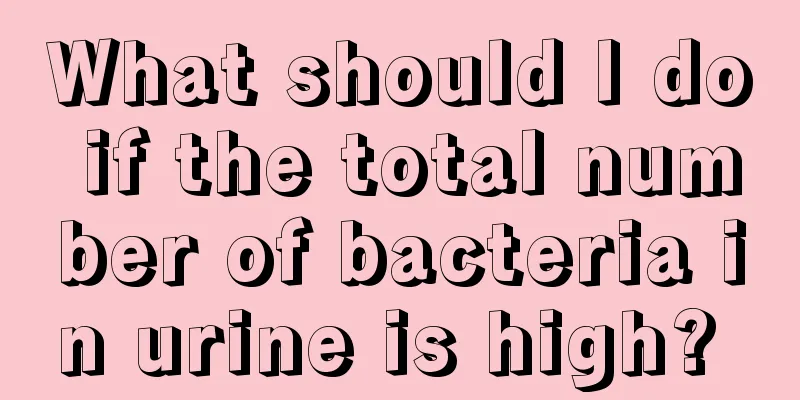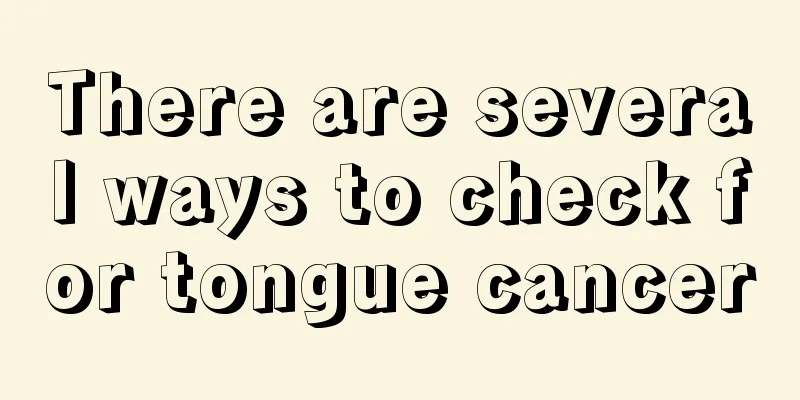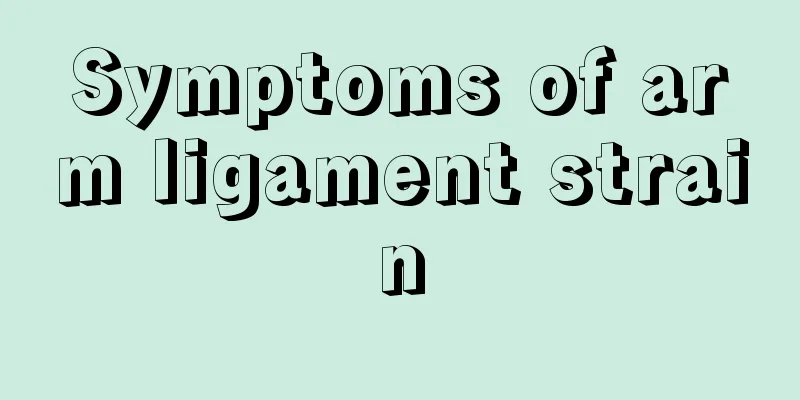What are the early symptoms of cholecystitis
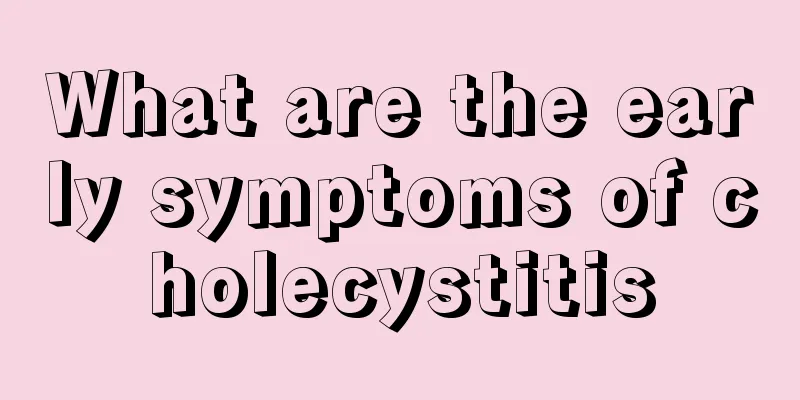
|
Cholecystitis is divided into acute cholecystitis and chronic cholecystitis. The symptoms of acute cholecystitis include persistent or paroxysmal pain in the right upper abdomen, while chronic cholecystitis may cause dull pain in the upper abdomen after eating greasy food or frequent belching. 1. Acute cholecystitis Many patients develop the disease in the middle of the night after eating a greasy dinner, because a high-fat diet can increase the contraction of the gallbladder, and lying flat can make it easy for small gallstones to slide into and become embedded in the gallbladder duct. The main symptoms are persistent pain in the right upper abdomen, which worsens intermittently and may radiate to the right shoulder and back; it is often accompanied by fever, nausea and vomiting, but chills are rare and jaundice is mild. Abdominal examination revealed fullness in the right upper abdomen, tense abdominal muscles in the gallbladder area, and obvious tenderness and rebound pain. 2. Chronic cholecystitis Symptoms and signs are atypical. Most of the symptoms are biliary indigestion, aversion to greasy food, upper abdominal distension, belching, heartburn, etc., which are similar to ulcer disease or chronic appendicitis. Sometimes, due to stones blocking the gallbladder duct, it may be an acute attack, but when the stones move and the obstruction is relieved, the condition will improve rapidly. Physical examination may reveal mild tenderness or percussion pain in the gallbladder area; if there is hydrops in the gallbladder, a round, smooth cystic mass can often be felt. 3. Supply rich vitamins: Vitamin A can prevent gallstones, help the bile duct epithelium grow and maintain integrity, and help repair diseased bile ducts. Large amounts of supplementation are beneficial to the recovery of bile duct diseases. Other vitamins, such as vitamin C, vitamin E, and B vitamins should also be adequately supplied. 4. Dietary fiber : Plant fiber can increase bile salt excretion, inhibit cholesterol absorption, lower blood lipids, normalize cholesterol metabolism, and reduce the chance of gallstone formation. Dietary fiber not only has a bile-boosting effect, but also can stimulate intestinal peristalsis, facilitate bowel movements, and promote the excretion of harmful substances such as indole and skatole produced in the intestines as soon as possible, thereby preventing the onset of cholecystitis. You can choose foods that are high in dietary fiber, such as green leafy vegetables, radishes, beans, fruits, whole grains; and foods that have the effect of lowering cholesterol, such as mushrooms and fungus. 5. Drink plenty of water: Drinking more water and beverages can dilute bile, promote bile excretion, prevent bile stasis, and facilitate the recovery of bile tract diseases. 1000-1500 ml per day is appropriate. 6. Eat small meals frequently: Eating small meals can reduce the burden on the digestive system, and frequent meals can stimulate the bile duct to secrete bile, keep the bile duct unobstructed, facilitate the drainage of inflammatory substances in the bile duct, and promote the slowing down and improvement of the disease. |
<<: What is the best way to treat knee pain
>>: What causes pain when bending the knee
Recommend
The more you know about the early symptoms of bladder cancer, the better you can prevent it.
The earlier the early symptoms of bladder cancer ...
My face is oily the next day after applying the mask
Nowadays, more and more people love beauty. Lovin...
How to clean a diamond ring
Diamonds are very sticky to grease, so they must ...
How to wash blood stains off clothes
We may encounter various situations in our lives,...
What are the commonly used drugs after breast cancer bone metastasis? These drugs are essential
What are the commonly used drugs after breast can...
What issues should be paid attention to during radiotherapy and chemotherapy for rectal cancer
In recent years, rectal cancer has become one of ...
The nail is uneven
I don’t know if you have ever seen people with un...
How much does it cost to treat uterine cancer
Everyone knows that uterine cancer is a malignant...
Can I eat celery after mole removal?
You can eat celery after mole removal, but be car...
What kind of pot is good for cooking
Cooking is done every day in the family. When the...
What are the typical symptoms of prostate cancer?
Prostate cancer is a major killer of men's he...
Let me introduce the clinical manifestations of gallbladder cancer to you
"What are the clinical manifestations of gal...
What are the symptoms in the body
Everyone's physique is different. There are m...
What are the typical symptoms of small cell lung cancer
Many diseases do not have obvious symptoms at the...
What are the precautions for interventional treatment of liver cancer? 3 precautions for interventional treatment of liver cancer
1. Strictly grasp the indications and contraindic...

